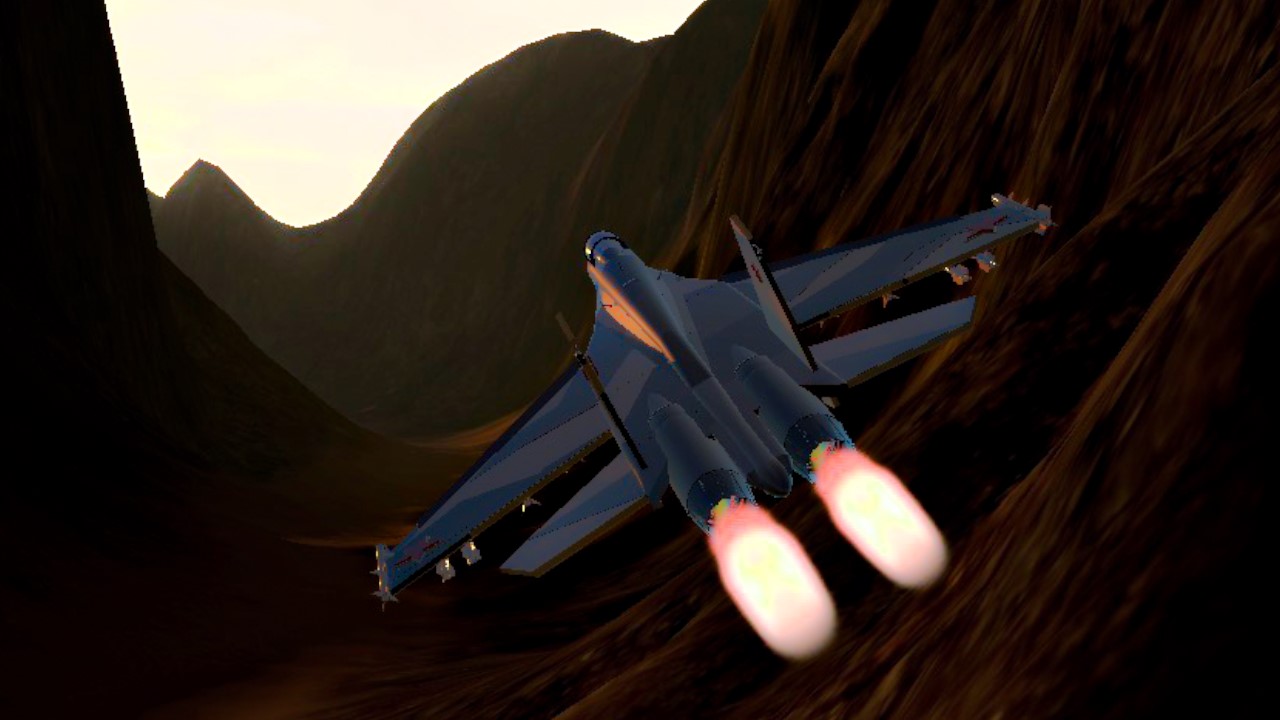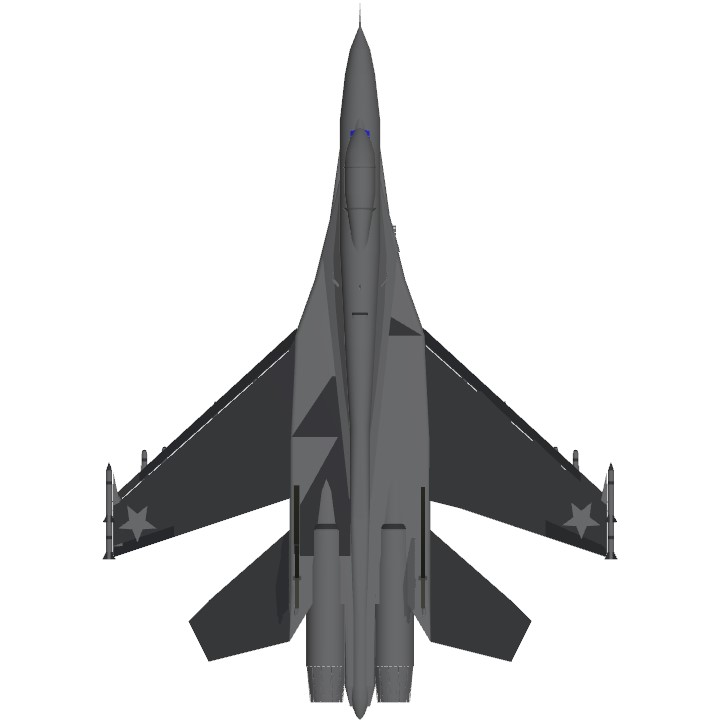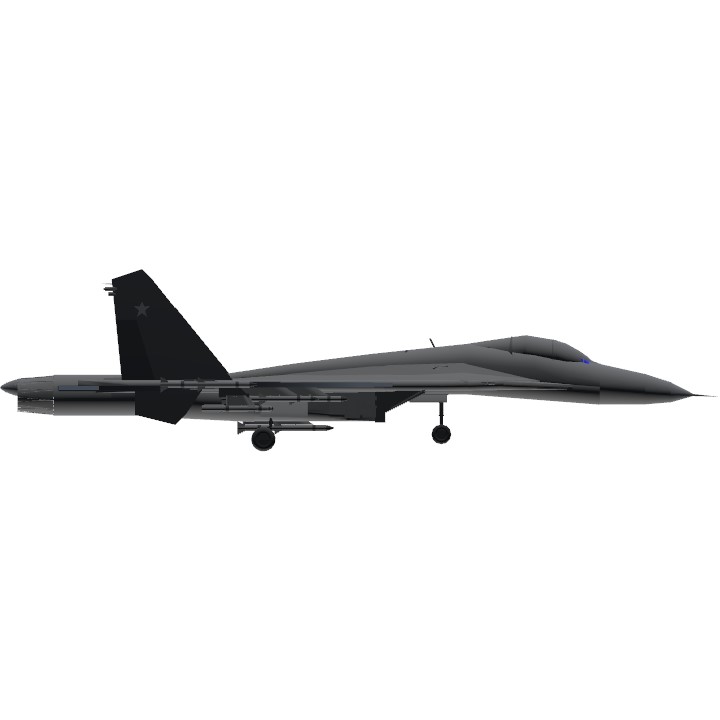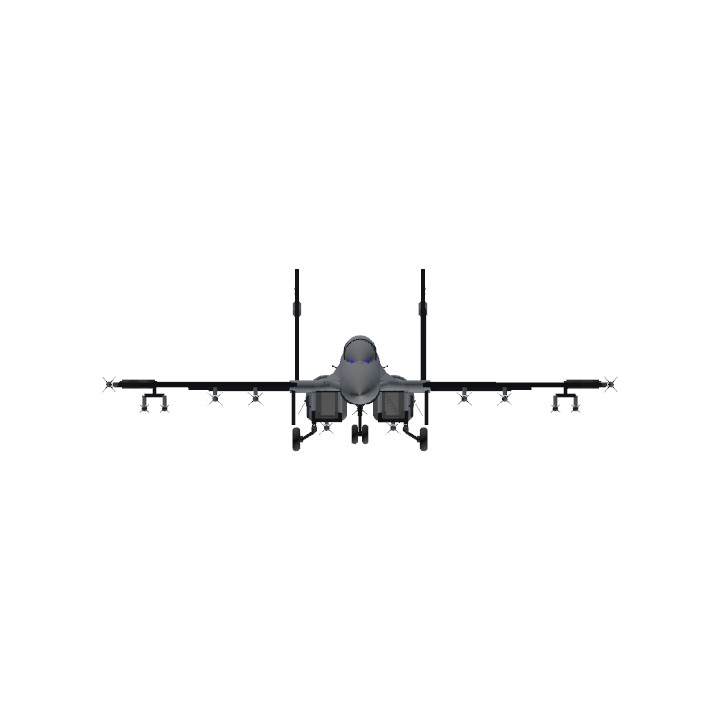hello MFS well sorry for not uploading for two days but i got bored and then i build the su-27 anyways heres some history about this shit:
Sukhoi Su-27 “Flanker” – History and Development
- Origins: The Need for a Counter
In the early 1970s, the Soviet Union realized that new American fighters like the F-15 Eagle and F-14 Tomcat had created a major challenge in air superiority. The Soviet Air Force (VVS) needed a fighter that could match or surpass Western 4th-generation jets in speed, range, and agility.
In 1971, the Soviet government issued a requirement for a new long-range, heavy air-superiority fighter — the program that would become the Su-27 (and its lighter companion, the MiG-29).
The design competition was between two leading Soviet aircraft bureaus:
• Sukhoi Design Bureau (OKB Sukhoi)
• Mikoyan-Gurevich (MiG)
MiG developed the MiG-29 “Fulcrum” for shorter-range missions, while Sukhoi focused on the heavy, long-range platform — the T-10, which would evolve into the Su-27.
⸻
- Development and Early Prototypes
The first prototype, designated T-10, flew on May 20, 1977.
However, early test flights showed severe aerodynamic instability and control issues. Sukhoi engineers, led by Mikhail Simonov, completely redesigned the aircraft.
The revised design, called T-10S, introduced:
• A new airframe layout with refined aerodynamics
• A more powerful Lyulka AL-31F turbofan engine
• A new fly-by-wire (FBW) control system for high-agility flight
After years of trials and redesign, the final prototype flew successfully in April 1981, paving the way for production.
⸻
- Entry into Service
The Su-27 entered Soviet Air Force service in 1985, and NATO assigned it the reporting name “Flanker-B.”
It was designed to:
• Establish air superiority over long ranges
• Escort bombers and protect Soviet airspace
• Engage U.S. aircraft like the F-15 and F-16
The Su-27 was built for range and endurance — it could fly more than 3,500 km (2,200 mi) without refueling, and even more with aerial refueling.
⸻
- Design Features
The Su-27’s design emphasized maneuverability and power, with:
• Twin engines (AL-31F) delivering massive thrust
• Blended wing-fuselage design for lift and agility
• Advanced FBW system allowing controlled high-angle-of-attack (AoA) maneuvers
• Helmet-mounted sight and R-73 (AA-11 Archer) missiles — years ahead of Western equivalents
It quickly became famous for its cobra maneuver (Pugachev’s Cobra), demonstrating extreme pitch control and post-stall stability — a move no Western fighter could safely replicate at the time.
⸻
- Operational Use and Variants
The Su-27 became the basis for a family of aircraft still in service today:
Specifications
Spotlights
- Boeing727200F yesterday
- Kav yesterday
General Characteristics
- Created On iOS
- Wingspan 40.8ft (12.4m)
- Length 57.8ft (17.6m)
- Height 14.3ft (4.4m)
- Empty Weight 61,918lbs (28,085kg)
- Loaded Weight 72,135lbs (32,720kg)
Performance
- Power/Weight Ratio 5.794
- Wing Loading 61.2lbs/ft2 (298.6kg/m2)
- Wing Area 1,179.3ft2 (109.6m2)
- Drag Points 6458
Parts
- Number of Parts 534
- Control Surfaces 8
- Performance Cost 2,542





@Kav SAME!!
Nice! I like flankers!